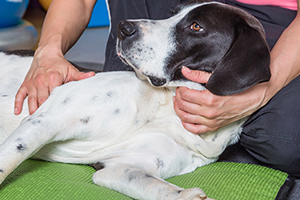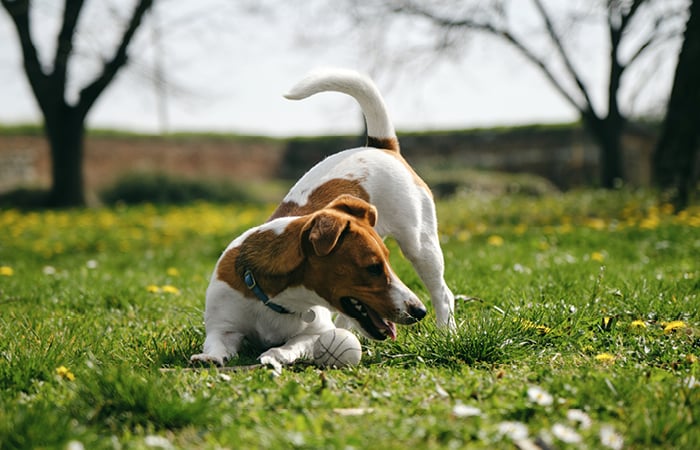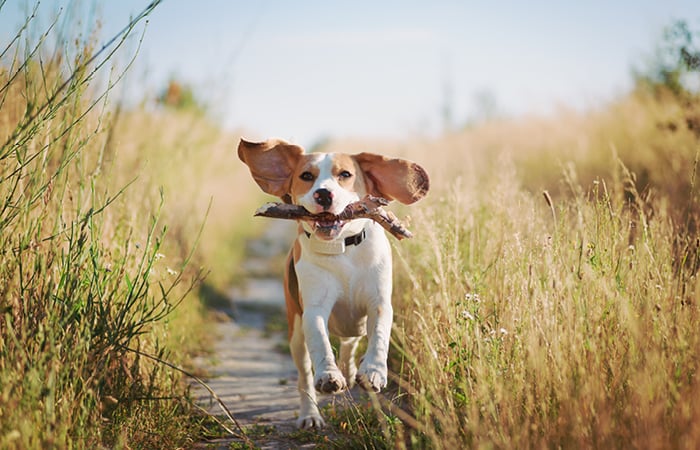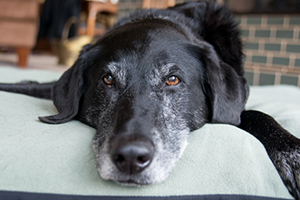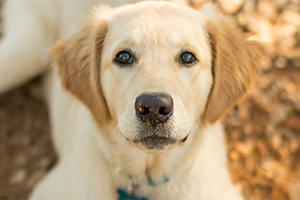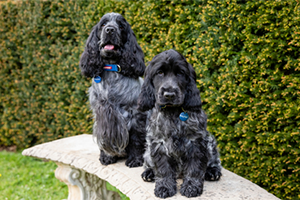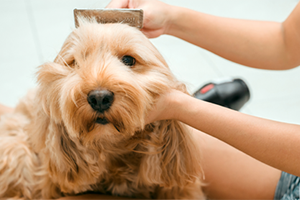
A hardy little dog with plenty of affection to go around
Vital stats
Swipe to view more
| Size: | Small |
| Coat: | Double coat, requires daily grooming |
| Exercise | Up to 1 hour a day for adult dogs |
| Life span: | 12 years |
| Breed group: | Utility |
| Temperament: | Playful, fearless, assertive |
Lhasa Apso temperament & personality

- Lhasa Apsos’ instinct is to guard, so these small dogs can be very vocal!
- A loyal breed, the Lhasa Apso loves nothing more than playing with its “pack” and makes a fun and loving family pet.
- Naturally independent, Lhasa Apsos have a tendency to do their own thing and test their boundaries, so they require a firm but fair owner.
Lhasa Apso training & exercise

Training tips
- Strong-willed and independent, Lhasa Apsos need a strong and consistent hand when it comes to training.
- Lhasa Apsos are notoriously tricky to housetrain, so crate training is recommended to set some boundaries.
- Their playful nature means that your Lhasa might not take training sessions seriously. It’s important to be patient and keep training consistent to get through to your independent pup.
Exercise
- These small dogs are quite content to be lapdogs, but this can make them prone to obesity so it’s crucial they get daily exercise in the form of two 30 minute walks daily.
- The Lhasa Apso is still a playful and intelligent breed, and will need short daily walks and plenty of playtime to keep them engaged.
Keeping them happy
- A Lhasa Apso is a great choice for those with less space; they’re quite content to roam the house and play with their toys independently.
- Lhasas aren’t the most child-friendly breed, being quick to react to rough play, so are better suited to households with older children.
- Being a natural watchdog, Lhasa Apso is very wary of strangers and will take a while to warm up to new people and animals.
- Lhasa Apsos have the mentality of a much larger breed, so they’ll take any chance they can get to be leader of the pack, with dogs and humans alike.
Game ideas
- Lhasa Apsos love to fetch, so grab a toy and get playing!
- Lhasa Apsos also have a penchant for digging. Take them to the beach or fill up a sand pit and let them dig up their favourite toy.
Common Lhasa Apso health conditions

Lhasa Apso grooming

With its long, luscious coats the regal Lhasa can be quite high maintenance when it comes to grooming. The luxurious top coat hides a dense undercoat for winter warmth, and is topped with a jaunty plumed tail.
- The long, dense Lhasa Apso coat harks back to their mountain dwelling days, and requires daily brushing to keep it smooth and tangle-free.
- Many owners opt to clip their Lhasa Apso’s flowing top coat to make maintenance easier.
- Lhasa Apsos tend to need regular baths (around every two to four weeks).
- Despite their long fur, Lhasa Apsos are usually relatively low shedders.
Lhasa Apso nutrition

Lhasa Apsos should have a diet consisting of appropriate natural proteins and healthy fats.
- a small dog, Lhasa Apsos can be prone to piling on the pounds so their portion sizes and mealtimes should be consistent and closely monitored.
- Lhasa Apsos can have sensitive tummies, so it’s best to avoid grains such as corn and wheat which are common allergens.
- Adult Lhasa Apsos do best when fed twice per day.
What to know before you buy or rehome a Lhasa Apso

Considering welcoming a loyal and loving Lhasa Apso into your home? Before you buy or adopt one, here are a few important things to remember
- Lhasa Apsos are a protective breed by nature so tend to be wary of strangers and can be very vocal without careful socialisation.
- Housetraining your Lhasa Apso can take a while, and obedience can also be a challenge for this independent breed, so be prepared to commit to plenty of training sessions.
- Whilst they are hardy, Lhasa Apsos can be quick to react if they’re not happy so aren’t a good choice for households with younger children.
- Choose a licensed and reputable Lhasa Apso breeder if you’re buying a puppy. ‘Lucy’s Law’ dictates that new puppies or kittens must be bought directly from a breeder or adopted from rescue. Third party sellers are illegal.
- Like all dogs, Lhasa Apsos can suffer from a range of health conditions so always look carefully at the veterinary cover provided when shopping around for pet insurance as not all policies are the same.
Lhasa Apso frequently asked questions
Discover some of the most popular dog breeds
Lhasa Apso insurance considerations
We always offer these things as standard:
Physiotherapy & pet therapies
Along with physiotherapy, which is covered within the Vet Bills benefit, we also cover Pet Therapies like herbal medicine, homeopathy and acupuncture. You can also claim for hydrotherapy, up to £500 per illness/injury in dogs and cats (no additional limit for rabbits).
Petplan is a trading name of Pet Plan Limited (Registered in England No. 1282939) and Allianz Insurance plc (Registered in England No. 84638), Registered office: 57 Ladymead, Guildford, Surrey GU1 1DB.
Pet Plan Limited is authorised and regulated by the Financial Conduct Authority. Financial Services Register No. 311969. Allianz Insurance plc is authorised by the Prudential Regulation Authority and regulated by the Financial Conduct Authority and the Prudential Regulation Authority. Financial Services Register No. 121849. Pet Plan Limited is a subsidiary of Allianz Insurance plc.




































